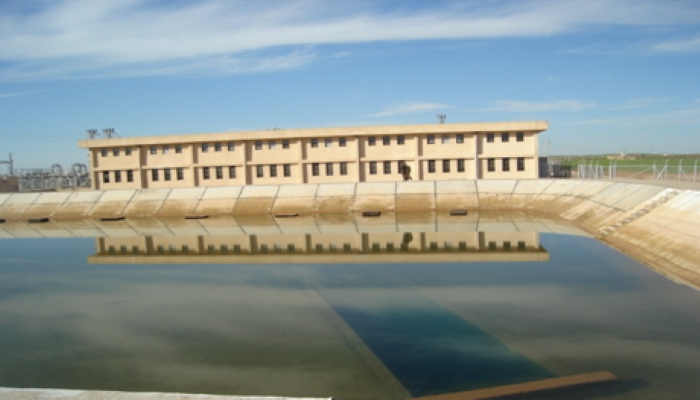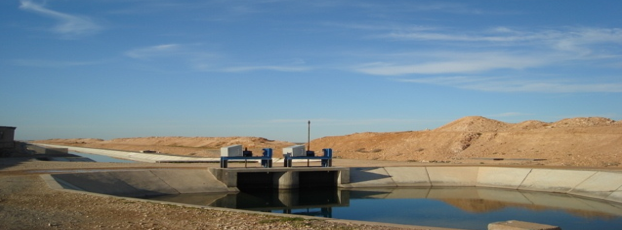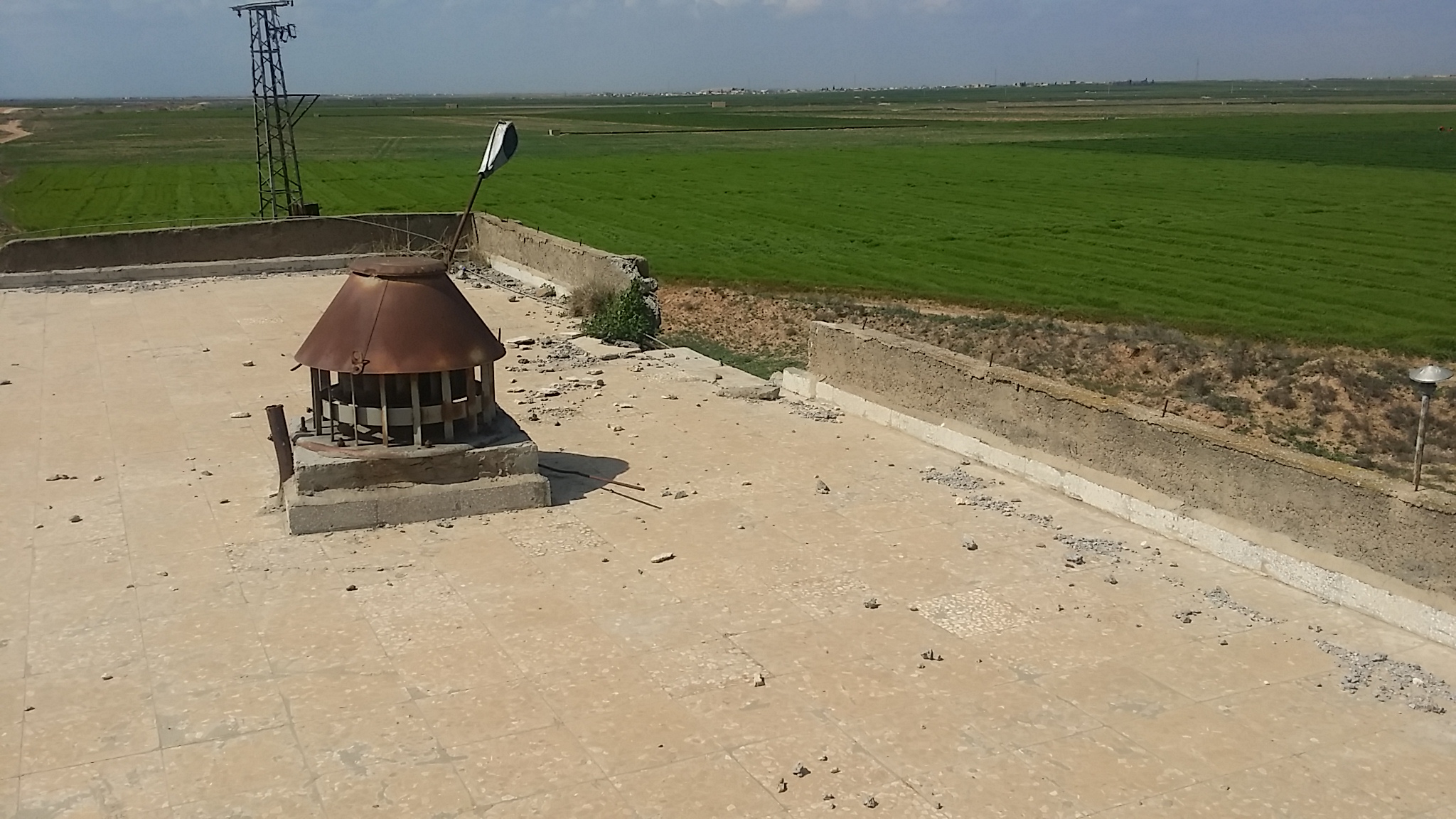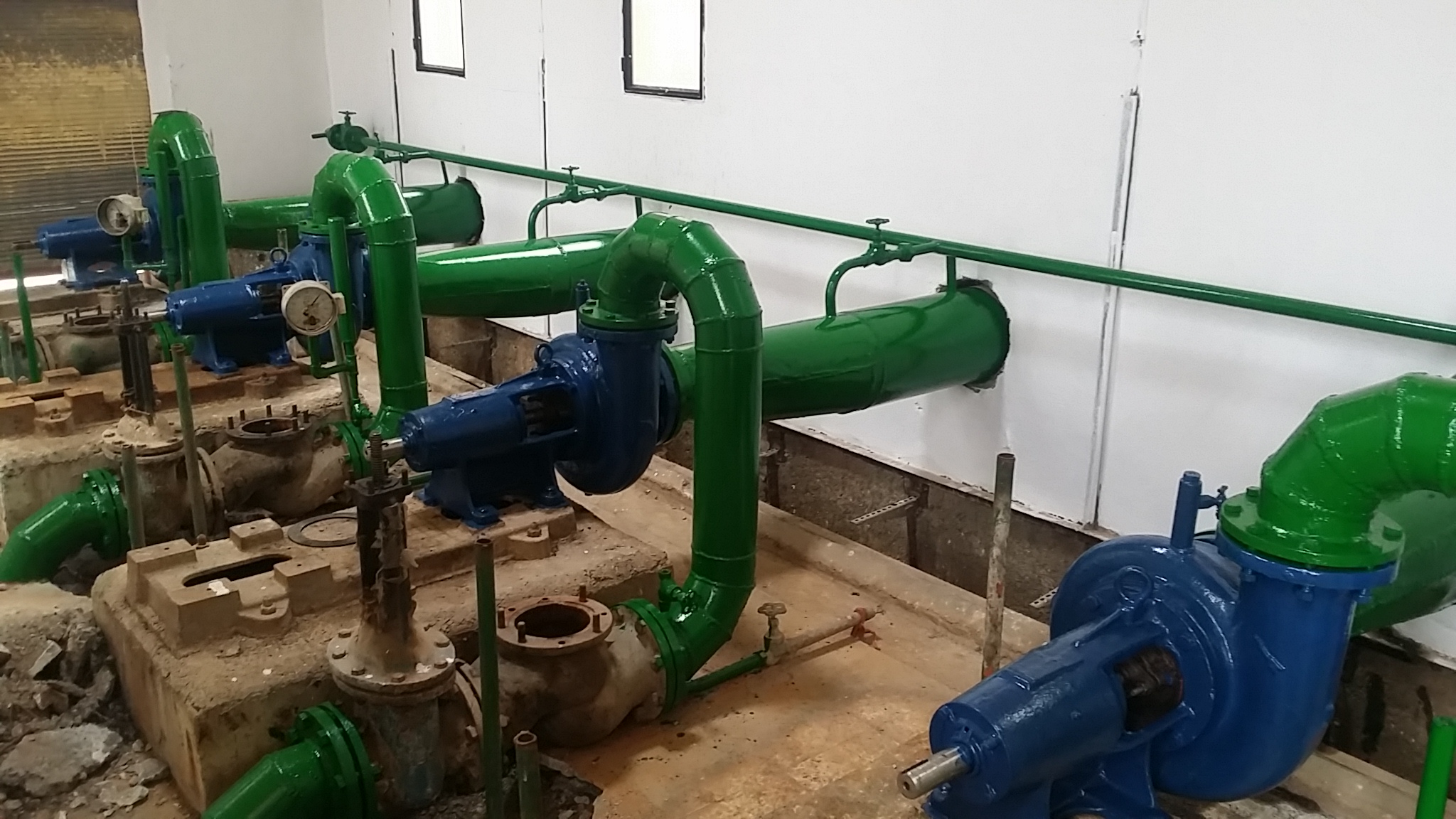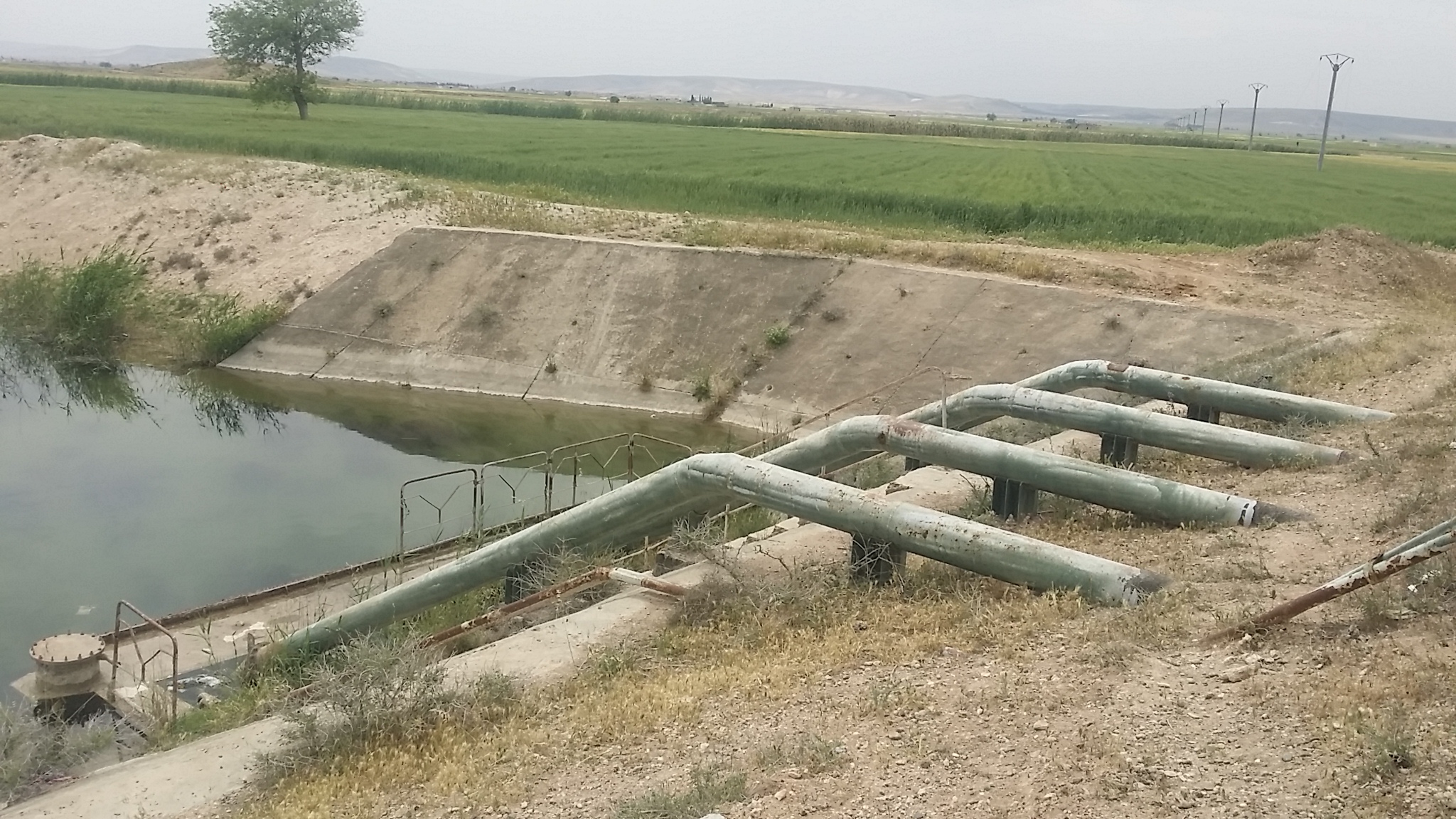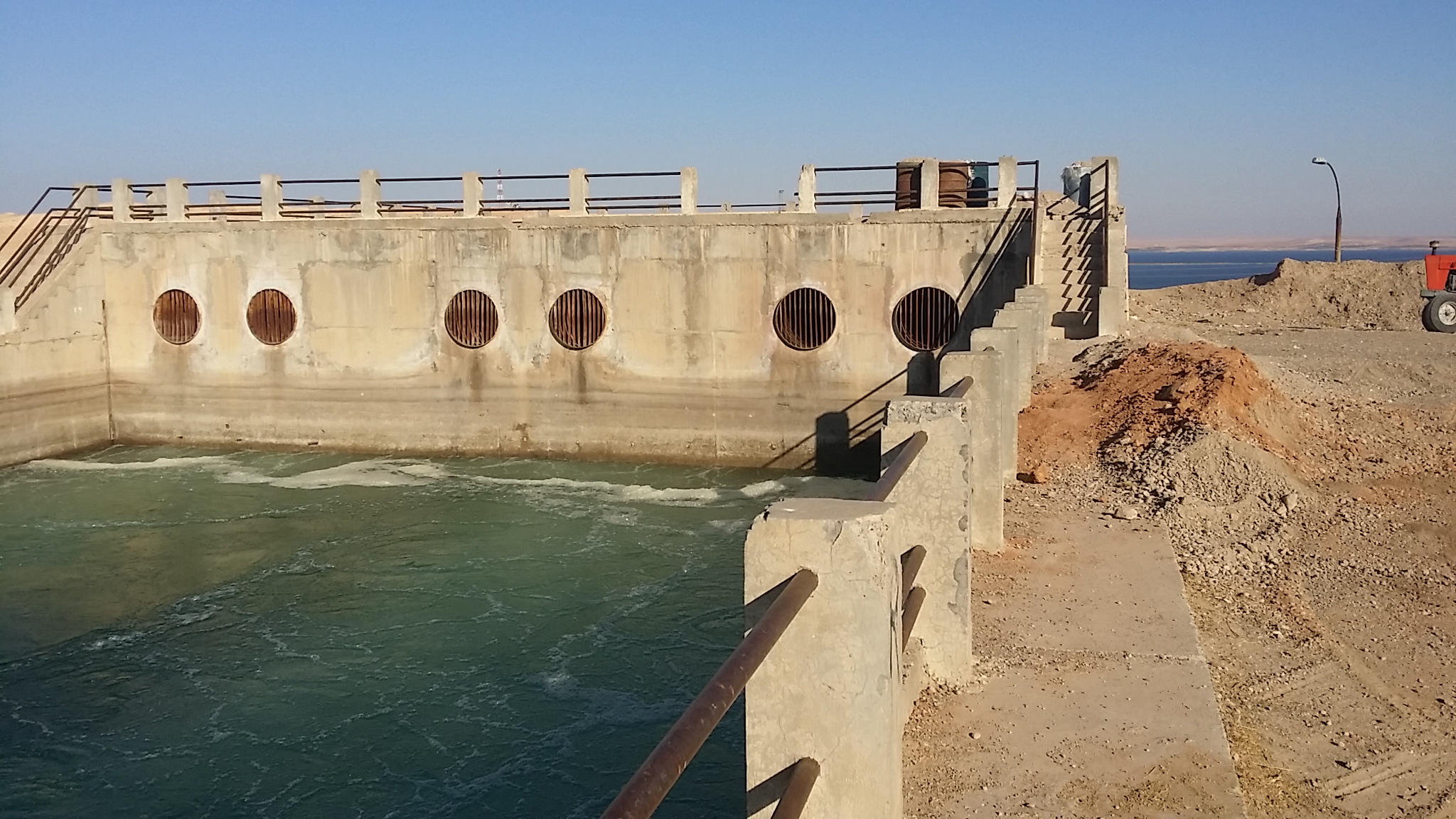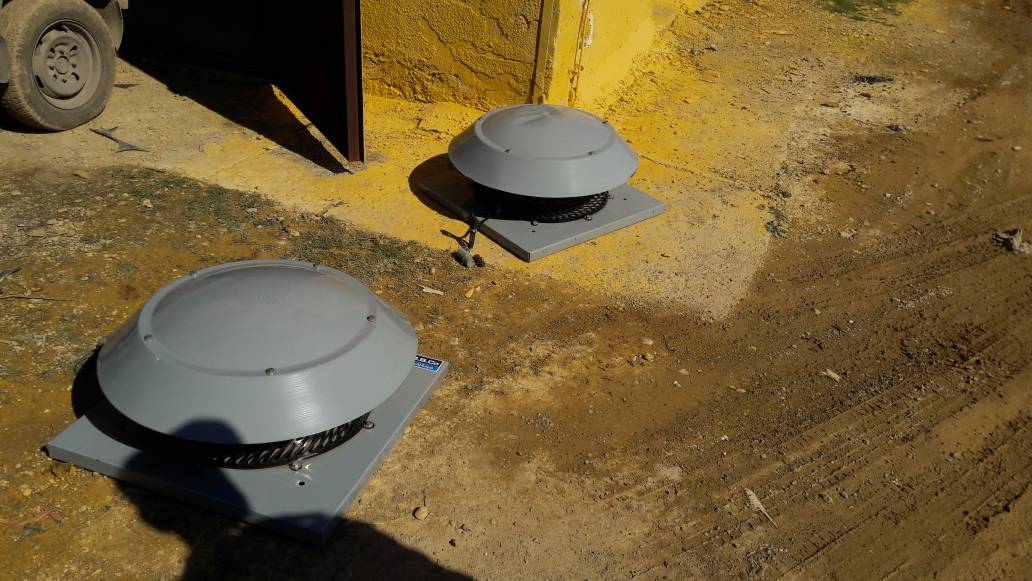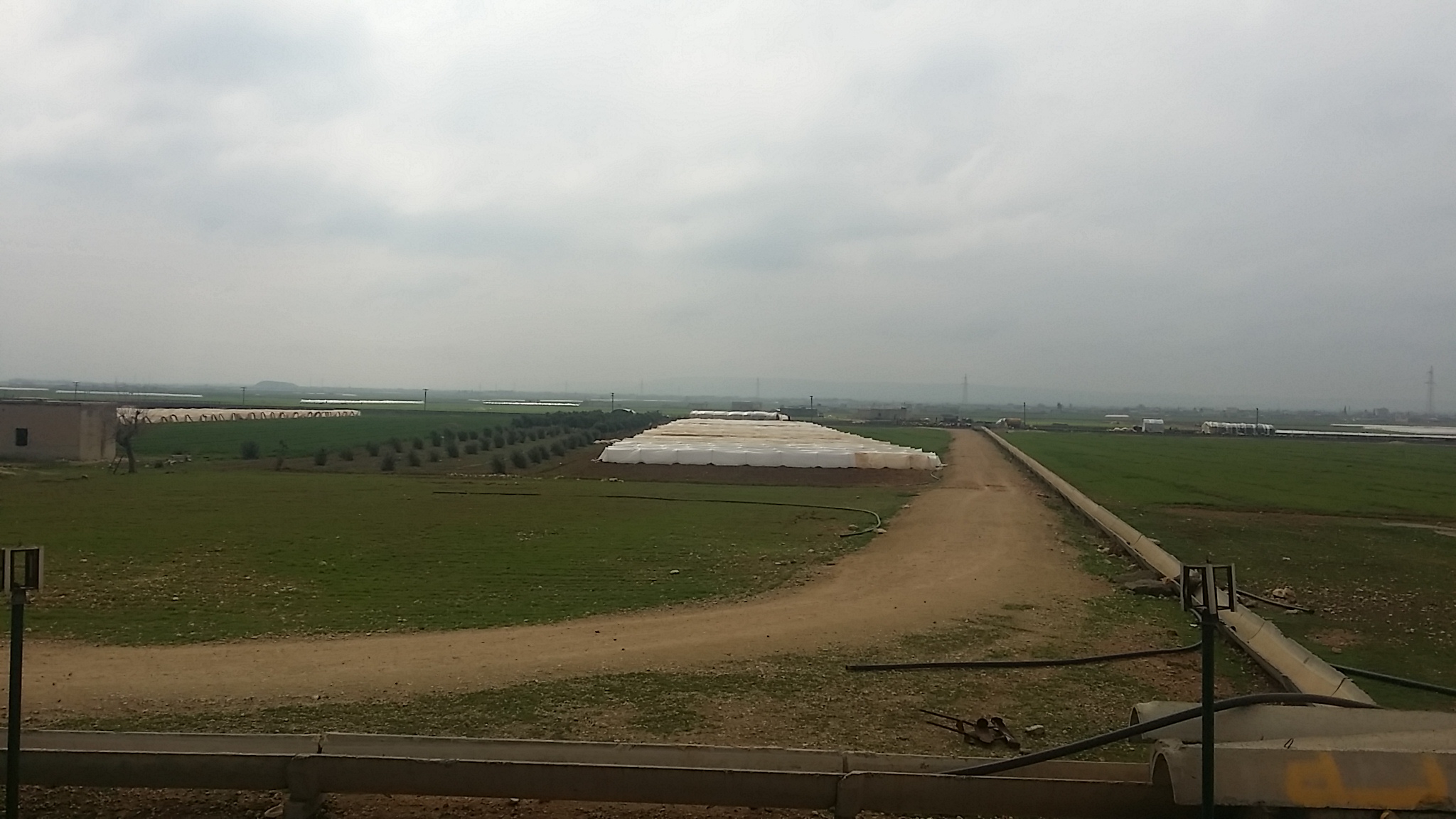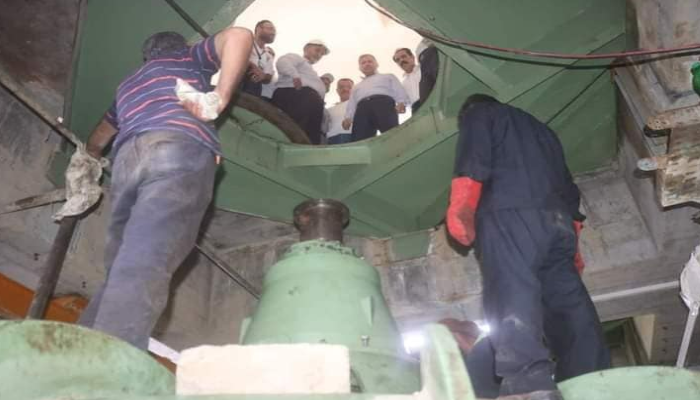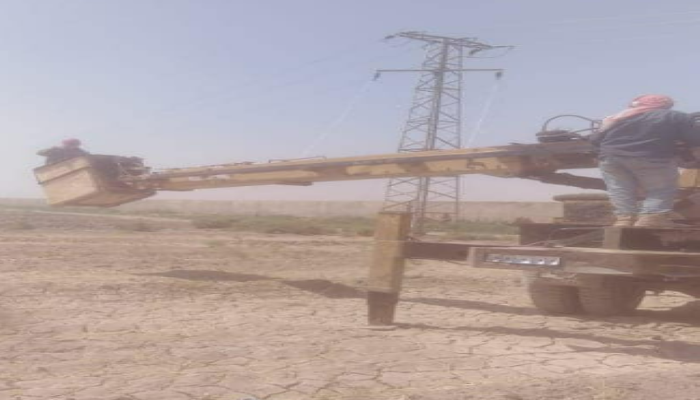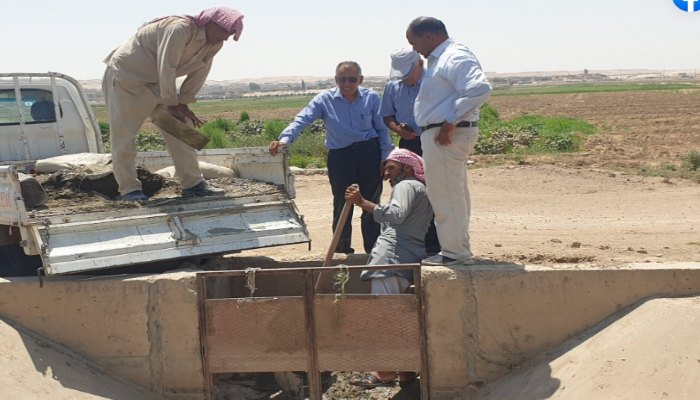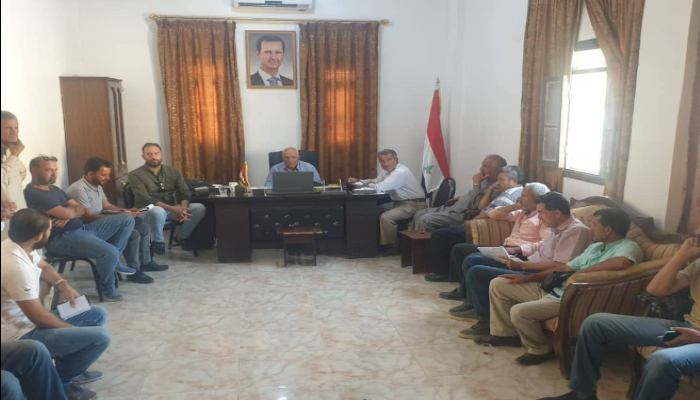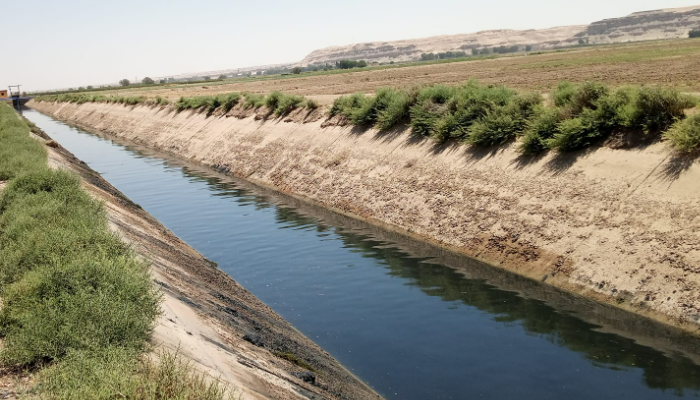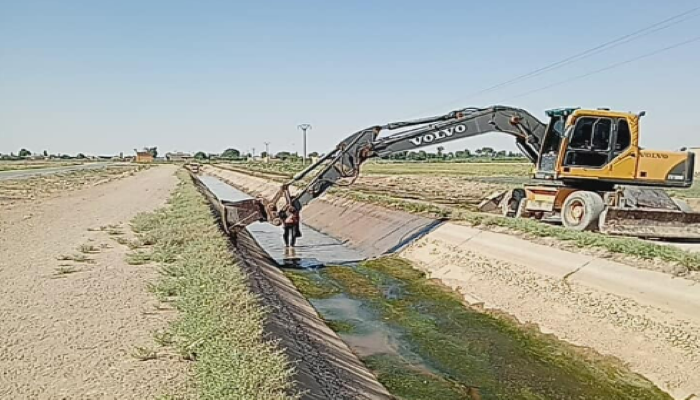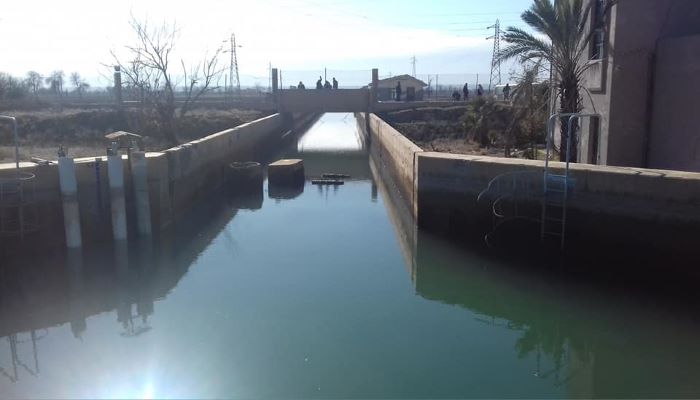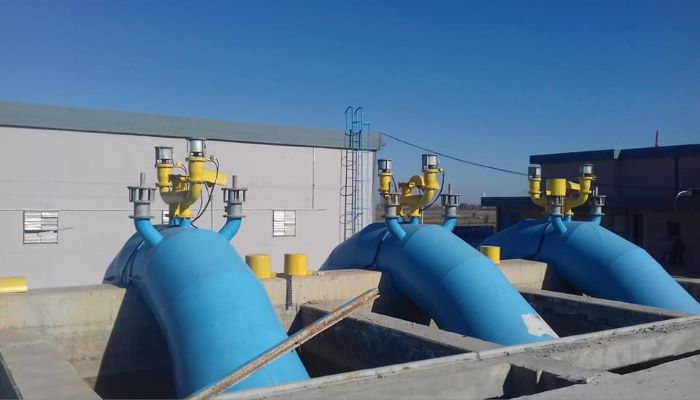Speech of the Director-General of the General Organization for Land Development, Engineer Rabie Mahmoud Al-Ali
Welcome to the General Organization for Land Development..
Forty-eight years have passed and the memory is still glowing with this great historical event, which is the great agricultural revolution in the Euphrates Valley, starting with the Great Euphrates Dam, which was built to irrigate an area of approximately 640,000 hectares of barren lands and where work began since the dawn of the correction in 1970. We are reminded of the words of the late leader Hafez Assad when he said (that the future of Syria will shine from here from the Euphrates Valley)
Year after year, the importance of irrigation, dams and land reclamation projects is increasing, especially after successive years of drought on our beloved country. Resilience, strength and invulnerability
The reclamation projects in the Euphrates Basin have received the attention of successive governments in the Syrian Arab Republic because they are the main axis in economic and social development, food security, raw material for export, job opportunities for citizens, and one of the most important factors in resisting drought and stopping desertification.
The decisions taken were: Continuing and supporting reclamation projects and accelerating completion. Accelerating and intensifying the construction of dams so that no waste water remains in the country (river or rainy). Expanding the provision of agricultural services to these lands and developing the population centers of the cities and villages surrounding these projects, provided the optimal and sustainable investment of the available natural resources such as fertile soil suitable for agriculture, water and human resources available, rationalizing the use of water for various purposes, protecting it from pollution and preserving the environment.
The population increase and the economic and social development of all activities have begun to put increasing pressure on water resources, and despite the great importance of water resources in the country, the efficiency of their uses in agriculture is still low and losses at the field level constitute the largest proportion of these losses.
Thus, one of the first strategies of the institution in the next phase is determined in the optimal and rational use of water resources and setting controls and standards for them in cooperation with partners in order to bring about a serious development by expanding the irrigated areas and increasing the economic profitability of the water factor in productivity, through rationalization of use and the introduction of advanced irrigation techniques and the development of mechanisms, policies and procedures to achieve This is according to financially and temporally programmed plans aimed at:
Vision
The vision of the General Organization for Land Development
At the immediate and emergency level: Through its vision in the short term, the Foundation aims to rehabilitate and maintain 61,243 hectares by rehabilitating the pumping stations feeding them, maintaining damaged channels and isolating exposed and covered drains to prevent an increase in salinity and the rise of the water carpet in agricultural lands as a result of irrigation and lack of drainage, which It threatens the exit of large areas of investment due to salinization and waterlogging.
latest news
Our latest projects
We always strive for the success of our projects


